This is a demo store. No orders will be fulfilled.
Back To Basics- Arezue Wright
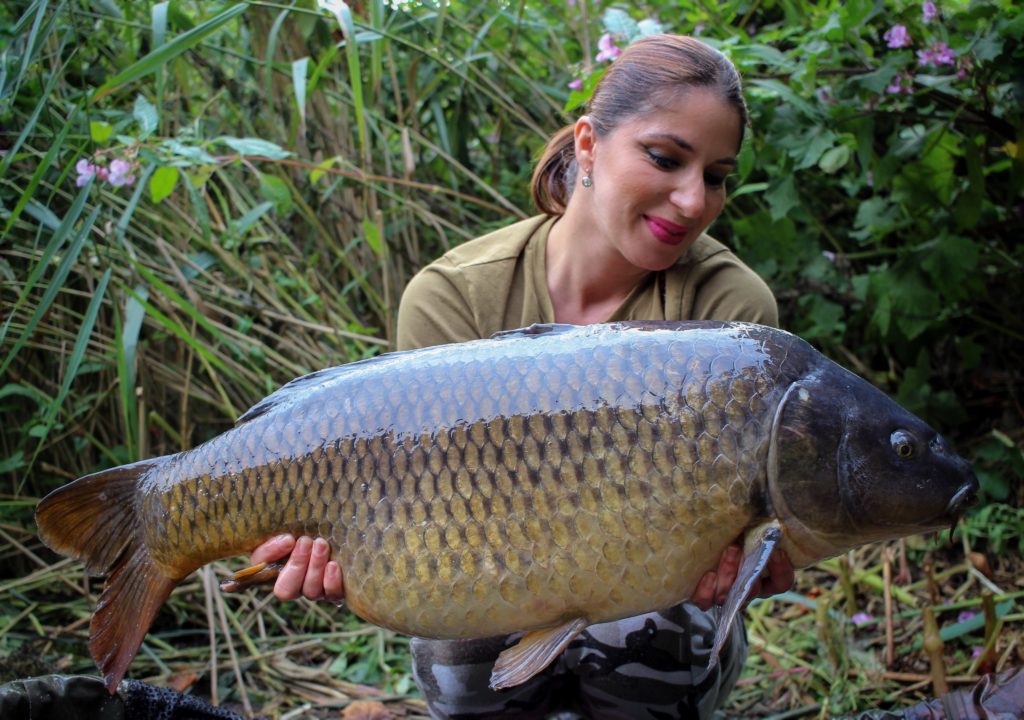
Within what has now become a booming multi million pound industry, it is very easy to become lost in a labyrinth of angling products, all of which have purpose in the right application; but the sheer scale and spectrum of such can soon leave the angler saturated and wandering through a mine field of complex rigs and tactics, enveloped in the glossy marketing strategies ,often causing confusion and distracting the angler from the basic angling application and ultimately clouding the basic principal of what we set out to do, namely, catch our quarry.
The most complex rig, the latest baiting phenomenon or space age rod and reel can all assist us in the pursuit of that elusive whacker, but without a fundamental understanding of the very basics in angling we can all too often become even more confused and become what some may deem an “instant Carper”, lacking a foundation in the basics of this wonderful art.
With carp fishing now becoming one of the most popular and sought after sports worldwide, enjoyed by men woman and children alike, I thought I'd cover some of these basics for anyone who is considering taking up carp fishing, or is just looking for a few pointers along their own path.
In the past four years since I started fishing I often get asked about what makes a successful session on the bank for me and what tips and tricks could I share that could help others not only enjoy their time on the bank but improve their catch rate . This in itself is like opening Pandora’s box and the simple answer is always “get the basics right and the rest will follow”.
Still being relatively new to the sport, each and every time on the bank is an opportunity to learn whether you are catching or not. For me no time is ever wasted, and I will always take something back with me whether it be a positive or a negative.
In the very beginning I spent a lot of my time reading, researching, listening and observing other anglers and again it is very easy to become lost and confused as everyone will have a different approach, a favourite spot or go to bait, but what I will say is; take what you can but at the same time do your own thing and don’t be in any rush to get there; try not to fall into fashions, ignore the keyboard warriors and once you find something that works, stick with it.
I have been very fortunate to fish with and alongside some great anglers and one thing that is a common factor in them all is that they are all great in what they do because they dared to be different, but at the same time never forgot the basics. Build on these and you won’t go far wrong!
Confidence is the key for me, if I’m not confident I don’t fish well. This has been proven time and time again, therefore I will always start my sessions on the bank with a positive approach.
STARTING OUT
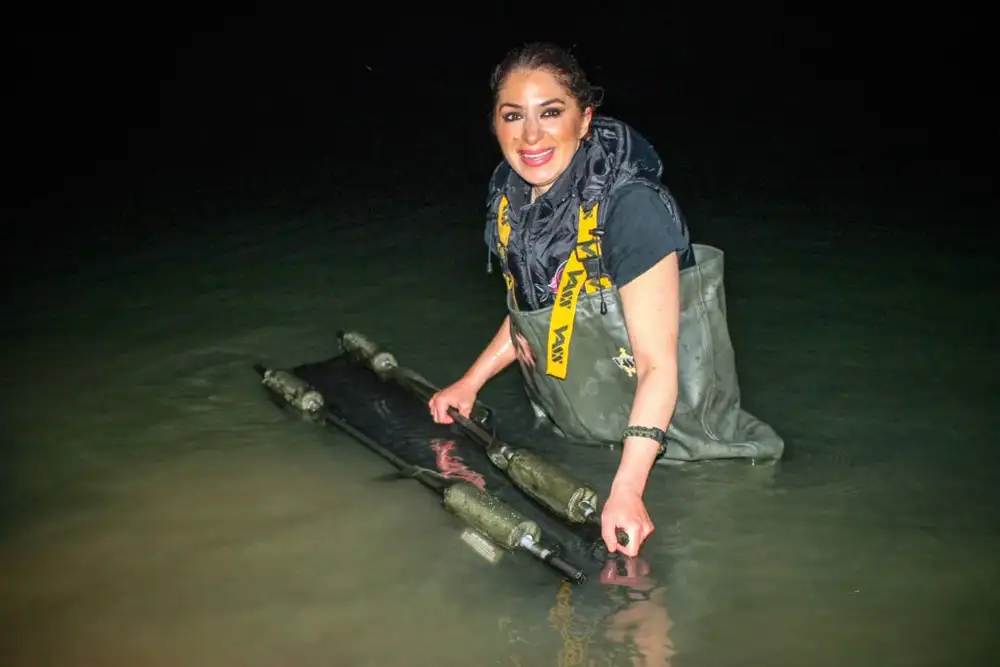
Starting out can be daunting and for me being based in the North of England and being baptised on some of the tricky Cheshire meres ,it was important to me to choose the correct venue and not set my targets too high too soon.
One can soon become despondent not catching, so choose a venue which is suitably stocked. There is no point choosing a relatively low stocked venue containing only a handful of large fish and hoping to catch one straight away. These fish are usually old and wise and many an angler will spend weeks ,months and even longer in their pursuit, so find a venue where the stock is known and plentiful.
Catching on highly stocked waters where bites are plentiful will boost your morale, increase your confidence, allow you to iron out all those minor imperfections, and ultimately prepare you and help you refine your craft, so that when you feel ready to pursue that solemn monster, you’ll have overcome all the hurdles that have gone before and you’ll be able to concentrate on the task in hand .
It’s always crucial to carry out your own research the best that you can, walk the banks and get to know the water prior to setting a line .
Most venues have appointed bailiffs these days who will be all too ready to point you in the right direction.
Speak to other anglers on the lake when you arrive and observe what pegs have been producing the most fish or are the most popular depending on the time of the year.
I know that in some cases it can be difficult to get this information from other anglers as they often may feel reluctant to disclose too much information, but in my eyes its always worth the effort to have a walk around the lake to see who is available for a quick chat.
TACKLE CHOICE

Finding the right rod and reel again can be difficult. Just walk round your local tackle shop or flick through the pages of your favourite fishing magazine and you will be presented with a vast array of tackle, varying in design, specification and of course price tag.
There are many different rods and reels available today to match everyone’s budget, ranging from entry level rods right up to the elite range, with matching price tags.
Don’t fall into the trap of thinking that the most expensive rod and reel will catch you the biggest fish ,more often than not it won’t.
First and foremost you have to match your tackle to what you hope to achieve and of course consider the job which it will have to do.
However we also need to take into account that we all have varying physical ability, and being only 5ft“ when I first started out I could not wield a rod longer than 10ft, or in fact compress a rod of greater test curve enough for me to see it reach its true potential.
Over time and now with practice I am now more proficient and competent in the use of longer and stiffer rods when needed but this again was a matter of progression and not something I was able to do straight away.
Whilst it is sometimes easy to go over gunned, to use a rod which is perhaps too strong, long or stiff for the chosen application, I feel in my experience it is better to go overgunned than undergunned.
Again this is of course my opinion and suited to my way of fishing, and of course there will be times when a more refined approach can be taken, but ultimately our goal is to land the fish not just hook it!
If I can illustrate this in another way and by way of my own fishing, the majority of the time which is spent fishing old, snaggy and very weedy waters and In order to land my quarry I am reliant on strong rods, reliable drag systems on the reels which In turn are capable of housing sometimes very thick and abrasion resistant lines.
Without this the task of landing them is almost futile and nine times out of ten would result in a loss.
Some may argue that thinner lines and smaller hooks may get you more bites; this I’m not sure about, but what I am sure of is that when a 20lb plus carp charges into a weed bed reminiscent of a football pitch, it’s nice to be safe in the knowledge that you took those extra steps to ensure the safe capture of your prize, rather than have that sinking feeling hanging over you as it ploughs into that snag knowing full well that you are powerless to do anything and at that point when your hook pulls or the line breaks and, as you throw your rod up the bank cursing, you then reflect in hindsight as to what might have been.
Making the right choice of line is a chapter in itself and making the right choice is again determined by the lake in which you fish and of course the fish you want to catch .
Sometimes aggravating factors within the environment will also have to be considered, be it snag, structures, or weed, so make inroads into researching this before you cast a baited hook.
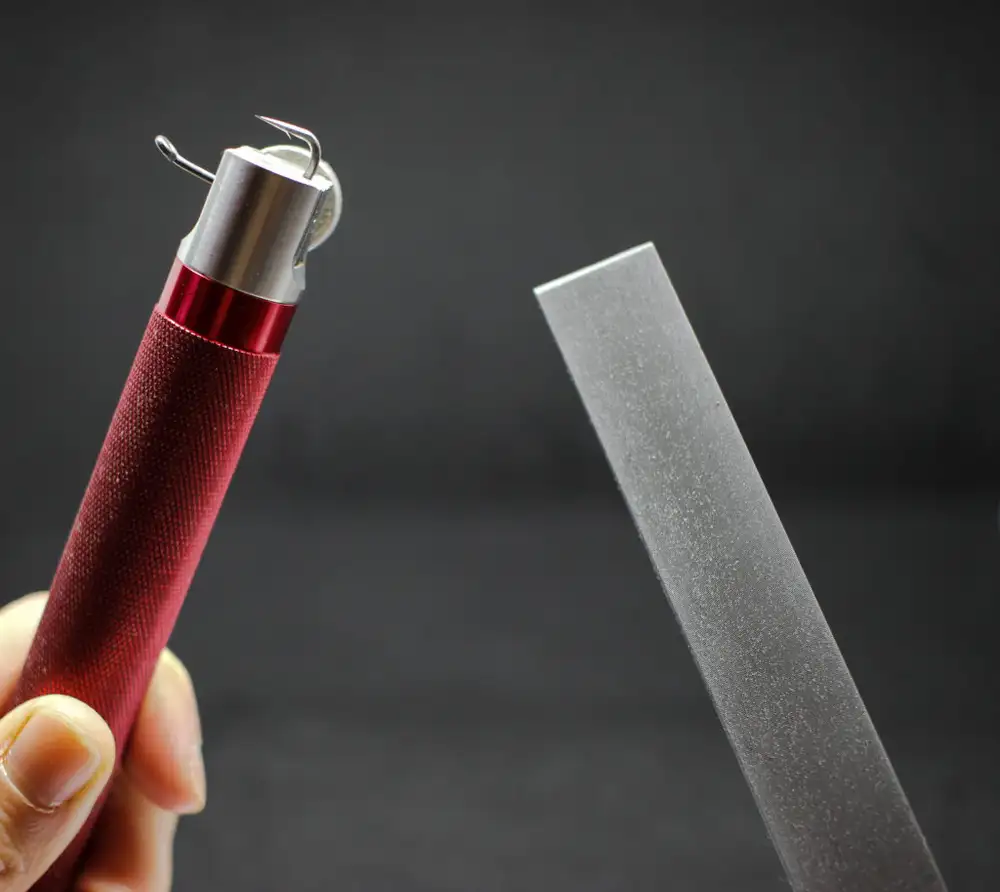
This then leads me on nicely to what for me is the most important part of tackle in my armoury, the hook.
For me the hook, this simple bent pin, must be afforded more attention than any other element of tackle as ultimately this is the one thing that connects us and the fish!
Failure to ensure that your hook is pinpoint sharp, or in fact strong enough will only result in one thing; loss of a fish.
There is an endless array of hook patterns available to the modern angler, all designed to fulfil a different task or behave or react in a certain way, but ultimately all having the same purpose, to hold fast in the mouth of that precious fish.
Again this is a topic which is deserving of its own extensive chapter, some argue small hooks are better, some favour bigger hooks and small baits, some vice versa but ultimately it must be sharp. My personal preference is the biggest and strongest that I can get away with and you will never find anything smaller than a size 6 in my tackle box.
what I hook I aim to land and some may argue that this approach is not to their liking, but this is something I have confidence in and has served me well.
Confidence is something which I will always reiterate time and time again, if is works it doesn’t need fixing, don’t over complicate matters and keep things simple!
WATERCRAFT
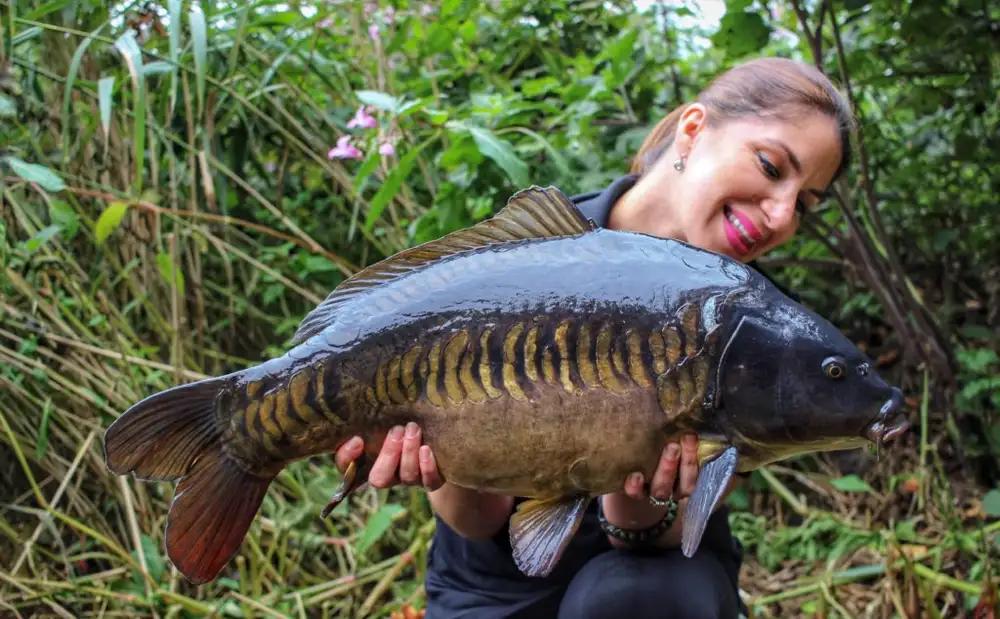
Having chosen our venue and selected our tackle we now have to find and locate our quarry.
This is where the element of water craft plays a massive part and it’s all about location, location! If the fish aren’t there you can’t catch them!
A keen pair of eyes and a gentle foot fall in most cases are all that’s needed to locate fish but, we sometimes find ourselves reliant on a multitude of other indicators and signs to find the more elusive amongst them.
So, what do we look for?
Before even setting foot on the bank, check the weather forecast, wind direction and pressure. There are numerous apps available on your phone and tablet which make this ever so simple, and will undoubtedly give you a good starting point.
A compass and water thermometer are two items which are always in my tackle bag, and which, when all else fails, have helped me locate carp in the southern corner of a lake, where the water temperature will always be just that little bit warmer.
Depth of water can also determine where fish are located, and it is important to map your chosen venue and record its depths. Once this is done I choose to record this information by way of a diary, and by doing this, when I return to a water all the ground work is already done and I can maximise my time fishing and minimise disturbing my swim.
On arrival look for the obvious signs first; carp head and shouldering usually indicates feeding fish, but be sure not to miss the tell tale signs of bubbling and fizzing as a hungry carp roots through a bloodworm bed or silt pocket.
In the warmer months fish will more often than not be in the upper layers and a good pair of polarised glasses can help you find them.
Choosing your swim will undoubtedly influence your results; don’t always look for the favoured swims or the easiest to reach from the car park. Whilst these can be productive areas they are not always the best.
Fish will soon wise up to pressure and move a million miles from multiple lines and constant disturbance and noise.
Someone once said to me “to find fish you must sometimes have to think like a fish” try to envisage where you would be if you were a fish. Look to snags, weedbeds, bars and other underwater obstructions, all of which can offer sanctuary and a safe haven to fish.
Birdlife can also provide signs of carpy hotspots, and on many occasion signs of diving waterfowl can indicate a hatch of insects which the carp will all too readily devour at their leisure; therefore don’t dismiss our feathery friends!
Once I’m happy I’ve found my spots I like to probe the spot with a naked lead as opposed to a marker set, as this produces far less disturbance.
The aim of this exercise will not only determine the depth of water you’re fishing in, but also the make up of the lake bed which you are actually fishing over, whether this be weed, silt, sand or gravel.
Feeling for a drop is something I personally have only just become competent in doing, and to be honest it took me a while. However I must say that mastering this technique is a must, and doing so will improve your presentation tenfold.
Having now found your spots it’s important to log and document their location.
By investing in and using a set of distance sticks and counting your “wraps”, or the times your line is passed around the sticks, you will be able to find the same spots each and every time you visit that venue ,so invest in a diary and get into the habit of mapping your swim!
Again take your time in doing this and by casting accurately and “clipping up” or marking your line with either a specific marker elastic or just by quite simply placing your line behind the line clip of your reel you will soon be hitting the mark.
This is a tactic that I have used to great effect whilst targeting my Cheshire meres as they are often very weedy and quite silty, so for me it’s important to ensure that my rig is not hidden away.
RIGS AND SET UP

Ensuring that you have an effective rig that works well in the water you are fishing is one of the most crucial elements to a session, as your set up can more often than not mean the difference between a fish or a blank.
For me having rigs that I have full confidence in is key, and that is why I do not allow myself to get caught up in the ever changing carousel of new and fantastic “wonder rigs” .
Again as already touched upon in tackle choice, I like to keep things simple and not over complicate matters, and for these reasons in the main I have three go-to rigs which I can tweak and use in almost every fishing scenario.
My rigs of choice consist of first and foremost a simple blowback rig which is what I use for presenting both bottom baits and wafters. This rig suits the majority my fishing on my chosen waters and by sometimes tweaking and playing about with the buoyancy of my baits I can adjust the presentation of my hook bait to suit the conditions, as more often than not I find myself fishing over silt or weed.
When conditions dictate, and where I find myself fishing over a muddy bottom or at range with a single high-attract hookbait, I often switch to a multi or pop up rig. This simplicity of the multi rig again allows me to critically balance my hook bait all the time by just adding or removing putty from under the hook.
For me having a very sharp hook is essential and the flexibility of the multi rig allows me to quickly swap and change a damaged or blunted hook for a new one without the need to dismantle or tie up a whole new rig.
I must stress, always test the sharpness of your hook prior to casting out and also on the retrieve. Simply pull the rig gently over the back of you hand or subject the hook to the “nail test”, if the hook skates across your nail change it, where as if it holds fast under gentle tension your ready to go with a sticky sharp hook!
The last rig in my go to armoury is fishing a PVA bag.
If I’m honest this has got to be my favourite; cast it anywhere except the trees and I will have 100 % confidence that I’m fishing!
I prefer to use a heavy lead to send that hook home and as short a hook length of braid as I can get away with. Couple with this with a wafter or pop up, encapsulate this all inside a PVA bag along with your favourite baiting ingredients and you have the perfect little parcel that no carp can resist! Yummy!
BAIT AND LOOSE FEEDING
Again this in itself is a massive topic, and I will revisit this area in depth at a later date but here I will try to explain my own application and use of bait, in particular boilie hook baits.
Walk into most tackle shops and you will be left standing in awe at the range of boilies that are displayed before you. It can only be described as like walking into a sweet shop!
Hundreds and sometimes thousands of different baits, some round, some not so round, some bright in colour, some not, some sweet in smell some not so sweet (in fact some smell quite repulsive), but they all have one common purpose and that’s to catch a carp!
So, how or where do you start? I suppose sometimes it can be like a lucky dip when you’re first starting out, but soon you will discover that they all have their own use and purpose, and of course you will quickly find your favourites.
First and foremost, find a reputable bait supplier and try to understand what actually goes into your chosen bait and why. Look for quality ingredients and look to get your hands on the bait before you splash your hard earned cash.
The fish will do the rest!
When talking about hookbaits specifically, all too often you will hear the terminology “bottom baits” “wafters” and “pop ups” being bandied around the bank and it is easy to get confused.
In summary the above terms simply refer to the bait and its state of buoyancy, all of which are important in their own application.
I have had huge personal success using hi viz hook baits, in particular pink, fished both as a single or over large beds of loose fed baits, and for these reasons you will always find them in my tackle bag.
When supplementing your hook bait with loose fed boilies remember one golden rule - “ you can put it in but you can’t take it out”; by this I mean that there is not always a necessity to empty kilos of bait over your chosen spot as sometimes this can work against you.
Assess your swim; take into account the time of year, as fish feed differently depending on the time of year and conditions.
Look at the stocking density of your lake and competition for food from nuisance fish.
Take into account the pressure your chosen venue is receiving from other anglers and their catch rates because there’s no point in tipping bucket loads of bait over previously uneaten bait that may already be lying on the lake bed.
I prefer to “fish for a bite” initially , allowing me to gauge my swim and then at a later stage I can introduce more bait if required.
Don’t over do it, and try to plan your baiting strategy, rather than just turning up at the lake and filling it in!
FISH CARE
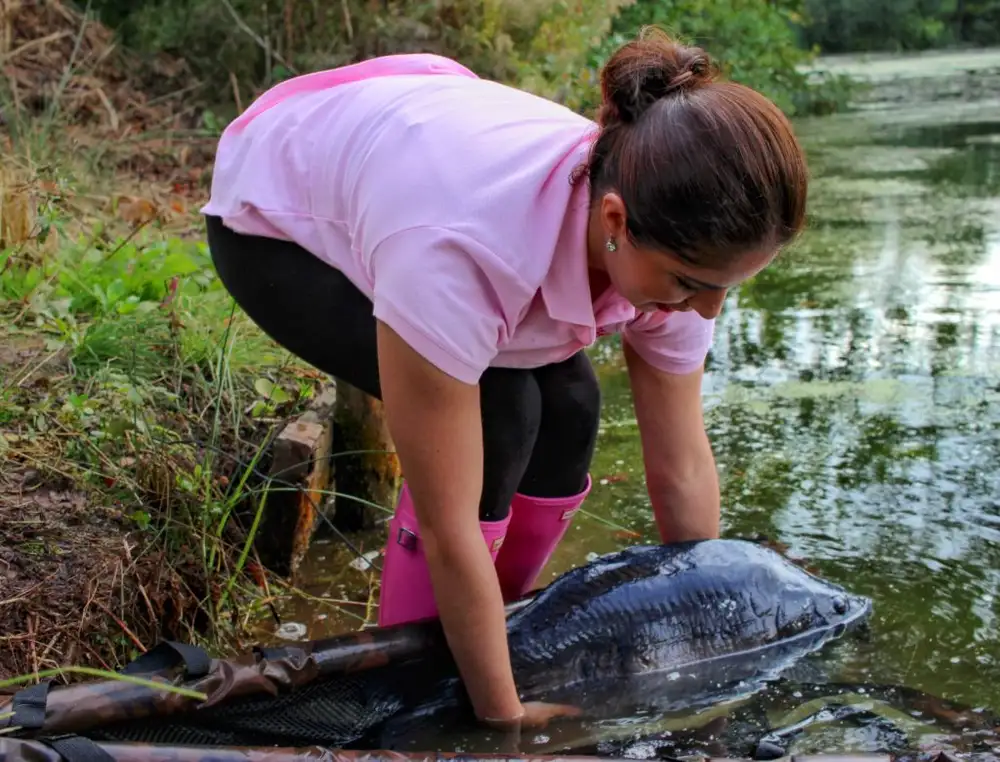
One of the most common questions I get asked has been how long I think a fish should be out of the water for trophy shots and what do I believe is appropriate fish care.
Whilst I still feel that this topic can still be quite controversial, for me personally as I’m sure with so many other anglers, being organised on the bank is an essential part of fish care. Ensuring that your net, mat, weigh sling, scales and a bucket of water are all prepared is crucial, as is having your camera close by or your tripod set up.
Once I have landed a fish I will check the fish, treat its mouth with antiseptic, and allow it to rest before returning it to the water. I will always ensure that I have plenty of water to pour over the gills continuously, and try and not keep the fish out of the water longer than necessary.
Often I will ensure that I have a pair of waders on and ready to get in to the water with the fish for my trophy shots to ensure that the carp is as safe and as comfortable as possible and to reduce any unnecessary stress to the fish.
Ultimately, I will never compromise the safety of a fish for the sake of a trophy shot.
Look after your fish, and they will in turn look after you.
I hope these few pointers assist you whilst out on the bank; tight lines to you all.
